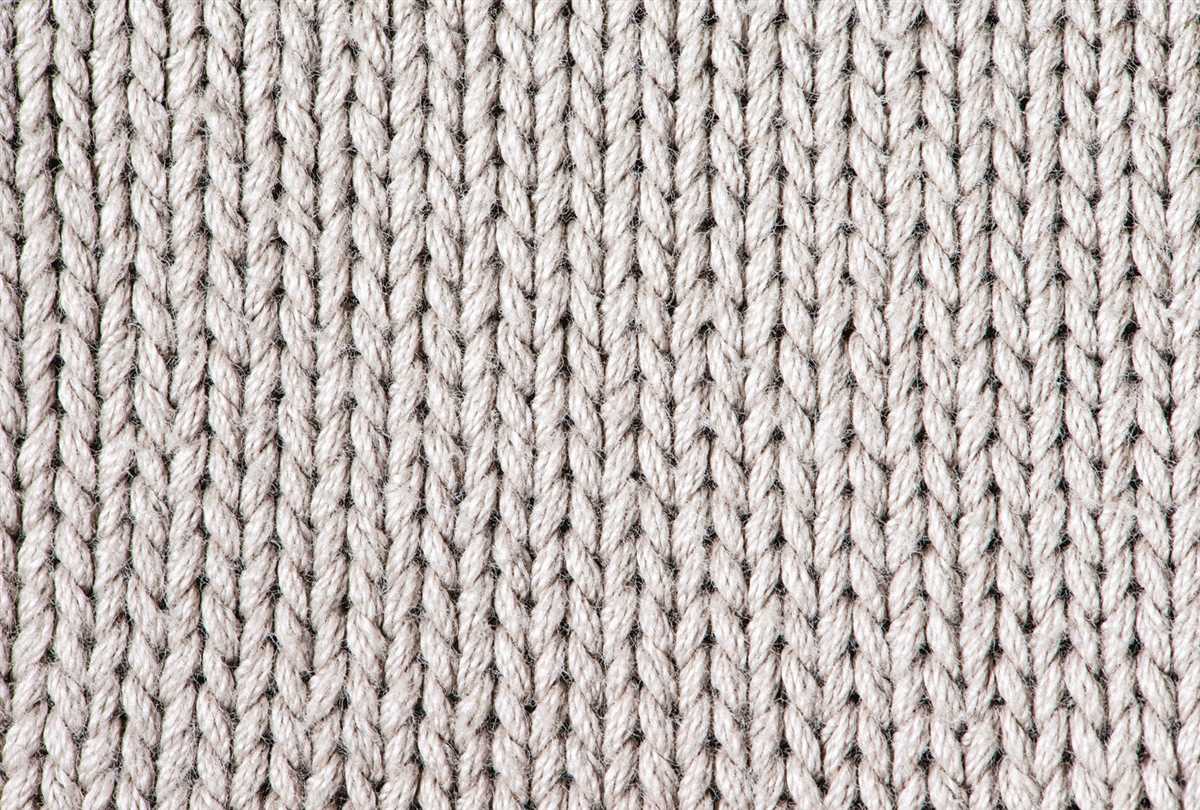
Knitting is a traditional craft that has been practiced for centuries. One of the most popular knitting techniques is the knit net pattern. This pattern creates a beautiful and delicate openwork fabric that resembles a net. It is perfect for making lightweight and airy garments, such as shawls, scarves, and lacey tops.
The knit net pattern is achieved by using a combination of knit and purl stitches. The net-like effect is created by making small holes in the fabric, which are formed by knitting two or more stitches together and then yarn over. This creates a lacy and airy texture that is both visually appealing and functional.
The process of creating the knit net pattern requires a certain level of skill and concentration, as it involves working with a large number of stitches and keeping track of the pattern. However, with practice and patience, anyone can master this technique and create stunning knit net garments.
What is a Knit Net Pattern?
A knit net pattern is a type of knitting pattern that creates a lacy, openwork fabric with a net-like appearance. It is often used to make items such as shawls, scarves, or lightweight summer tops. The pattern consists of a series of yarn overs and decreases, which create the holes and open spaces in the fabric.
When knitting a net pattern, the yarn overs are used to create additional stitches, and the decreases are used to bring the stitch count back to the original number. This creates a balanced fabric with an overall netted effect. Depending on the specific pattern, the size and frequency of the yarn overs and decreases may vary, resulting in different types of net designs.
Some common types of knit net patterns include:
- Lace net: This pattern typically features intricate lace motifs and delicate details. It is often used for elegant and feminine projects, such as lacy shawls or wedding accessories.
- Diamond net: This pattern creates a diamond-shaped design with a netted background. It can be used for various projects, from blankets to sweaters.
- Openwork net: This pattern creates a large-scale net design with larger holes and a more relaxed feel. It is often used for lightweight summer garments or for adding texture to accessories.
Overall, a knit net pattern is a versatile and beautiful technique that allows knitters to create delicate and airy fabrics. Whether you’re a beginner or an experienced knitter, experimenting with different net patterns can add a unique touch to your projects.
Understanding the Basics
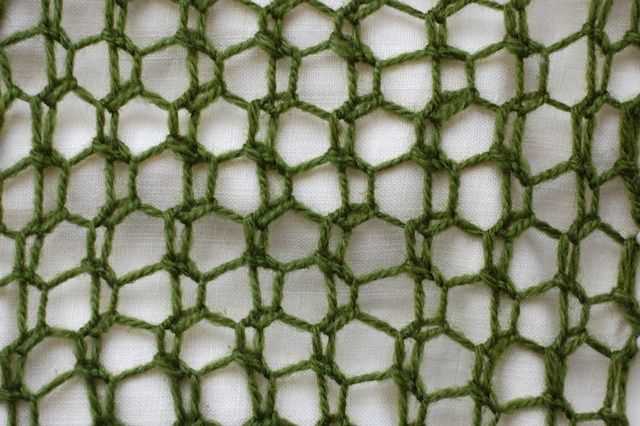
When it comes to knitting, understanding the basics is essential for creating beautiful and functional knit net patterns. Knitting net patterns are a popular choice for creating lightweight and delicate fabrics that can be used for a variety of projects, such as shawls, scarves, and even decorative items. By understanding the fundamentals of knitting net patterns, you’ll be able to create intricate designs and unique textures.
One of the key elements in knitting net patterns is the use of yarn overs, which are created by wrapping the yarn around the needle. This simple technique creates an extra stitch in the fabric, resulting in an open and lacy effect. Yarn overs are often paired with decreases, such as knit two together (k2tog) or slip-slip-knit (ssk), to maintain the stitch count while creating an even and balanced fabric.
Yarn Overs and Decreases
Yarn overs can be positioned anywhere in the pattern to create different effects. For example, placing yarn overs in a regular and symmetrical pattern can create a diamond-shaped lace motif. On the other hand, randomly placing yarn overs can create an organic and flowing design. Similarly, by combining different types of decreases, such as knit three together (k3tog) or slip, slip, slip, knit (sssk), you can create more intricate and complex net patterns.
Another important aspect of knitting net patterns is the choice of yarn and needle size. Typically, lace weight or fingering weight yarn is used to create delicate and lightweight fabrics. However, you can experiment with different yarn weights to achieve different effects. The needle size is also crucial, as larger needles will create a more open and airy fabric, while smaller needles will result in a denser and more intricate pattern.
Charting and Counting
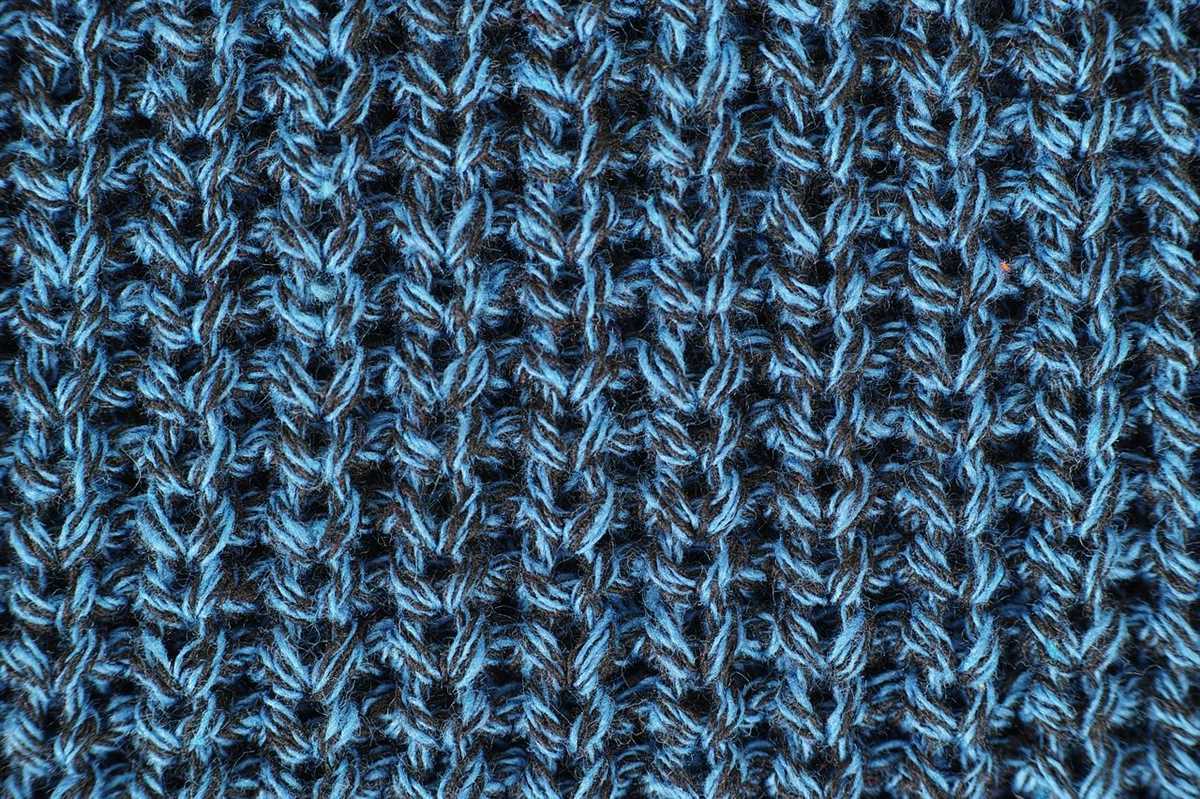
When working with knit net patterns, it’s helpful to use a chart or written instructions to keep track of the stitch pattern. Charts are visual representations of the pattern, with each symbol representing a specific stitch or action. By following the chart carefully, you can ensure that your net pattern is consistent and accurate. You may also find it useful to count your stitches regularly, especially when working on more complex patterns, to avoid any mistakes or inconsistencies.
In conclusion, understanding the basics of knitting net patterns is essential for creating beautiful and intricate fabrics. By mastering the techniques of yarn overs, decreases, choosing the right yarn and needle size, and using charts or written instructions, you’ll be able to create stunning knit net patterns that showcase your creativity and skill.
A knit net pattern is a useful tool that can be used in various knitting projects. It involves creating a net-like structure by using different knitting techniques, resulting in a unique and intricate design. There are several benefits to using a knit net pattern in your knitting projects.
Enhances Visual Appeal
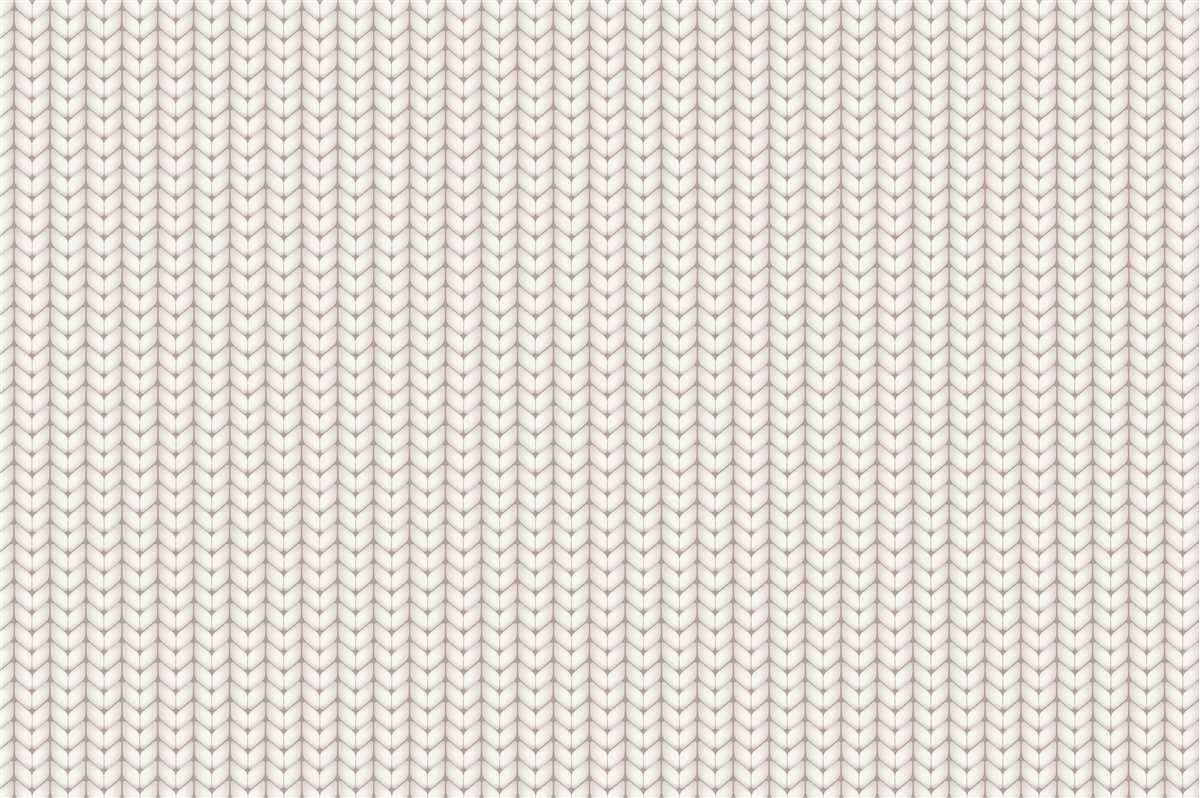
A knit net pattern can add a touch of elegance and visual interest to your knitting projects. The net-like structure creates a beautiful texture that can make your finished piece stand out. Whether you’re knitting a scarf, sweater, or home decor item, incorporating a knit net pattern can instantly elevate the overall look.
Improves Breathability
One of the key advantages of using a knit net pattern is that it improves breathability. The openwork design allows air to circulate more freely, making the finished piece more comfortable to wear. This is especially beneficial for items like sweaters or shawls, as it helps regulate body temperature and prevents overheating.
Increases Stretchiness
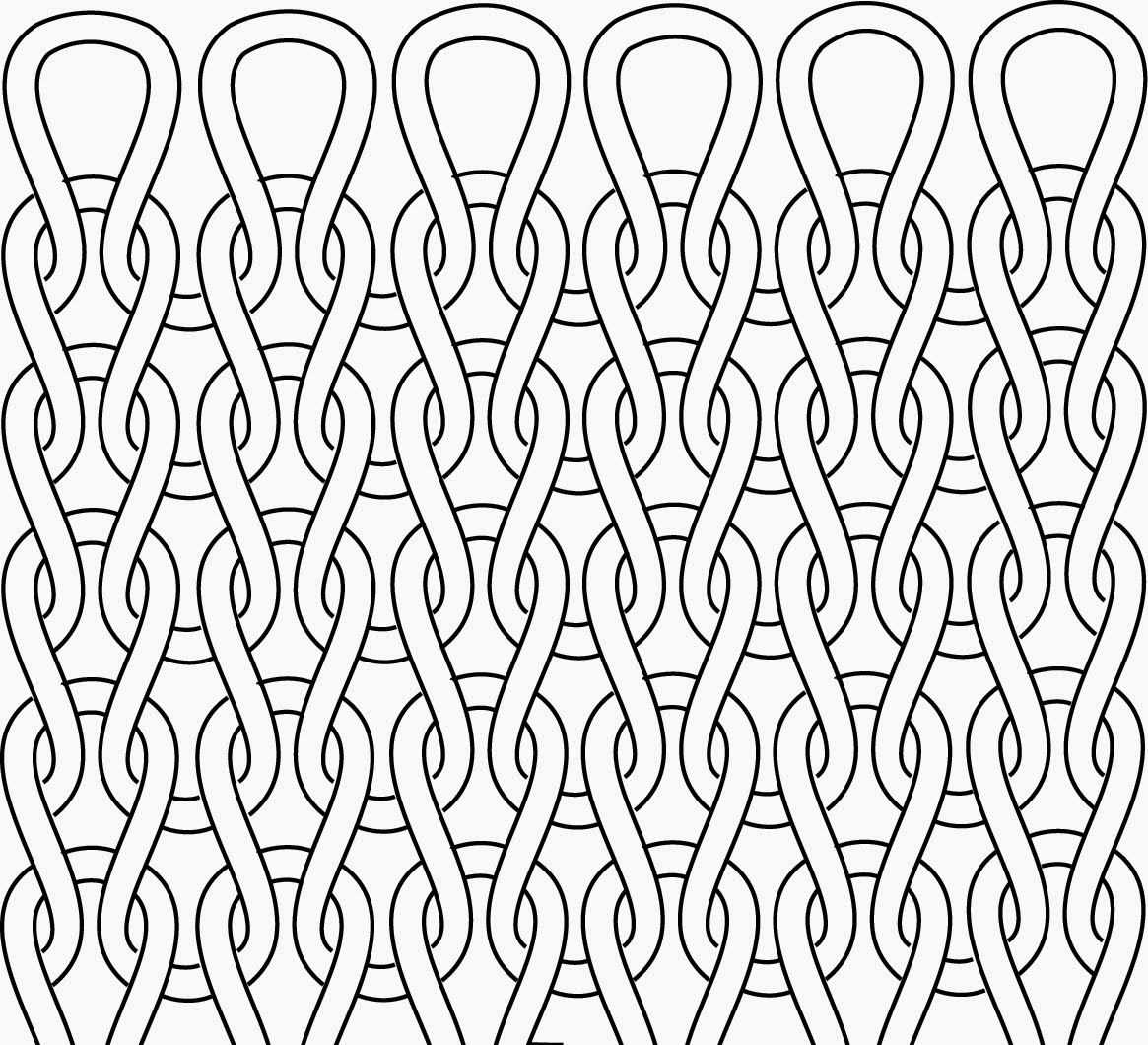
The net-like structure created by a knit net pattern adds an element of stretchiness to the knitted fabric. This can be advantageous, especially for items like hats or gloves, as it allows for a better fit. The stretchiness also makes the fabric more forgiving, reducing the risk of the finished piece feeling too tight or restrictive.
Offers Versatility
A knit net pattern is incredibly versatile and can be adapted to various knitting projects. Whether you prefer a simple net stitch or a more complex lace pattern, there are endless possibilities to explore. You can use a knit net pattern to create intricate panels, edgings, or even entire garments. Its versatility allows you to experiment and get creative with your knitting projects.
Conclusion
Incorporating a knit net pattern in your knitting projects can offer numerous benefits, from enhancing visual appeal to improving breathability and stretchiness. Its versatility makes it a valuable technique to have in your knitting toolbox, allowing you to create unique and stunning pieces. So, why not give it a try and explore the world of knit net patterns in your next knitting project?
How to Choose the Right Yarn for a Knit Net Pattern
When it comes to choosing the right yarn for a knit net pattern, there are several factors to consider. The yarn you choose will greatly affect the final look and feel of your net, so it’s important to choose wisely. Here are some tips to help you make the right decision:
1. Consider the Material:
First and foremost, consider the material of the yarn. The material will determine the texture, drape, and overall aesthetic of the net. If you want a lightweight and airy net, opt for a yarn made from natural fibers like cotton or linen. If you prefer a warmer and cozier net, consider using a yarn made from wool or alpaca.
2. Gauge and Weight:
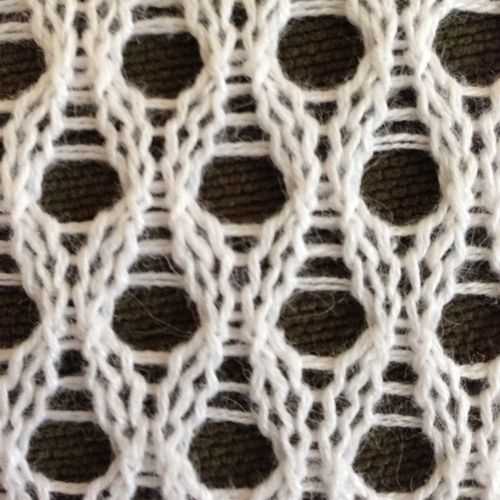
Another important factor to consider is the gauge and weight of the yarn. The gauge refers to the number of stitches and rows per inch, while the weight indicates the thickness of the yarn. For a knit net pattern, you’ll generally want to choose a yarn with a looser gauge and a lighter weight, as this will create a more open and lacy net. However, keep in mind that a finer weight yarn may require more time and patience to knit.
3. Color and Variations:
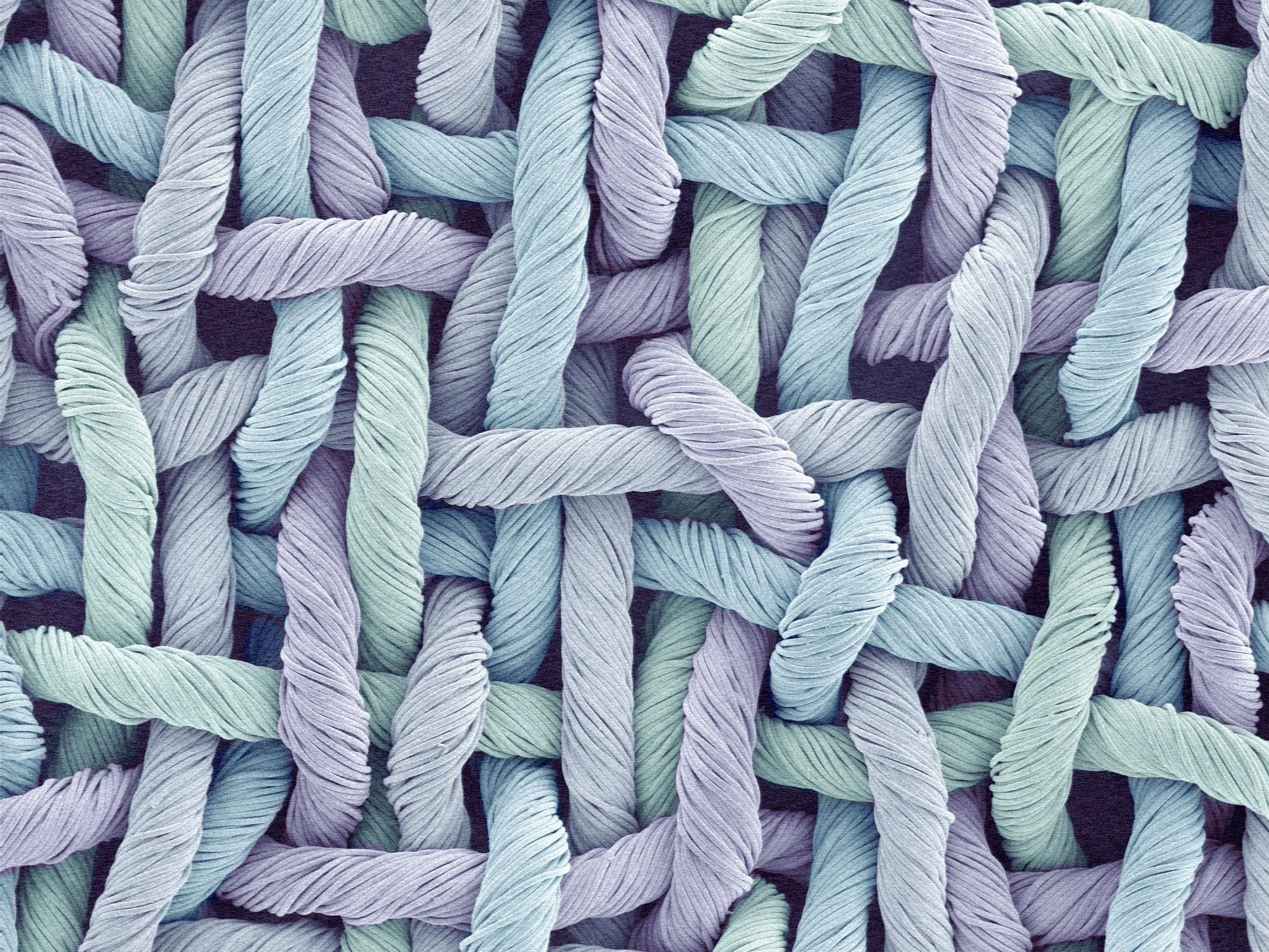
The color and variations of the yarn can also play a role in the overall look of your net. If you want a classic and timeless net, stick to neutral colors like white or cream. If you’re feeling adventurous, try using yarn with variegated or gradient colors for a more unique and eye-catching net. Ultimately, the choice of color depends on your personal preference and the intended use of the net.
4. Durability and Care:
Lastly, consider the durability and care requirements of the yarn. If you’re making a net that will be used frequently or exposed to harsh conditions, choose a yarn that is sturdy and easy to care for. Some yarns may require hand-washing or special care instructions, so be sure to factor this into your decision-making process.
- In summary, when choosing yarn for a knit net pattern, consider the material, gauge and weight, color and variations, and durability and care requirements of the yarn.
- Remember to take into account the intended use of the net and your personal preferences when making your final decision.
Tools and Supplies for Creating a Knit Net Pattern
Creating a knit net pattern requires a few essential tools and supplies to ensure a successful project. Whether you are a beginner or an experienced knitter, having the right materials at hand can make a significant difference in the outcome of your knit net pattern.
Knitting Needles
One of the main tools you will need for creating a knit net pattern is a set of knitting needles. The size of the needles will depend on the thickness of the yarn you are using. Thicker yarn will require larger needles, while thinner yarn will require smaller needles. It’s important to choose the right needle size to achieve the desired tension and gauge for your knit net pattern.
Yarn
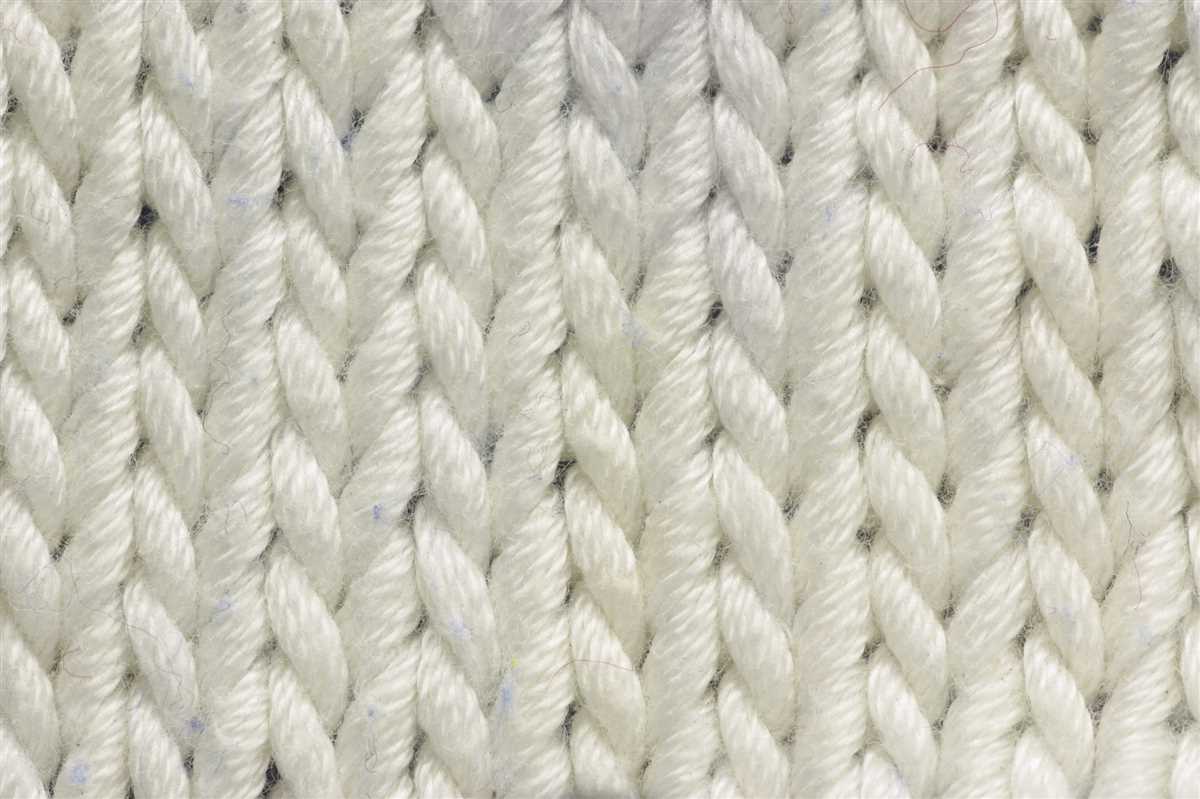
Another essential supply for creating a knit net pattern is yarn. Yarn comes in various colors, textures, and thicknesses, allowing you to customize your knit net pattern to your liking. When choosing yarn for a knit net pattern, it’s important to consider the weight and fiber content. Different yarn weights will create different-sized holes in the net, while different fiber contents can affect the drape and durability of the finished net.
Row Counter
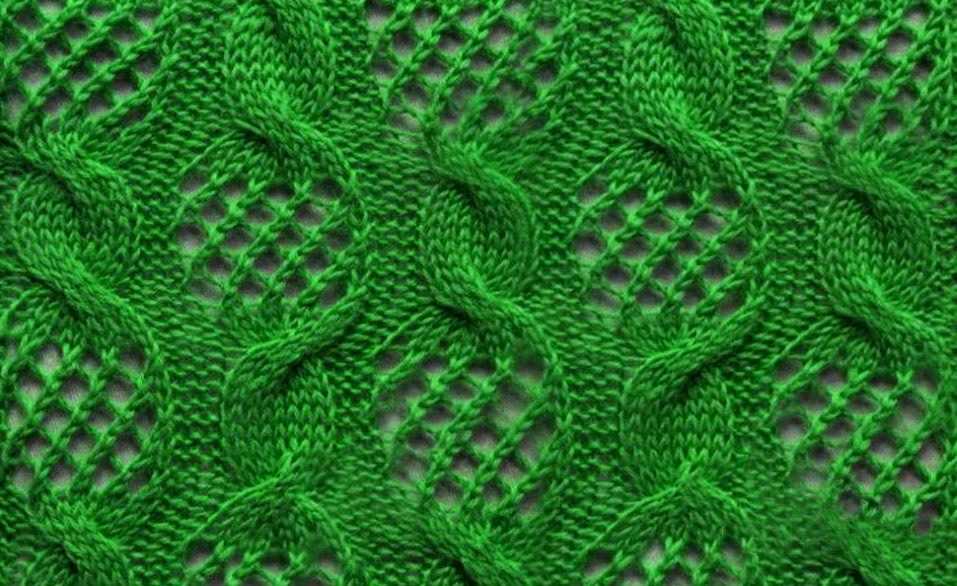
A row counter is a helpful tool for keeping track of rows in your knit net pattern. It attaches to the end of your knitting needle and allows you to easily keep count of the number of rows you have completed. This is especially useful when working on complex patterns or when needing to create a specific size or length for your knit net.
Tape Measure
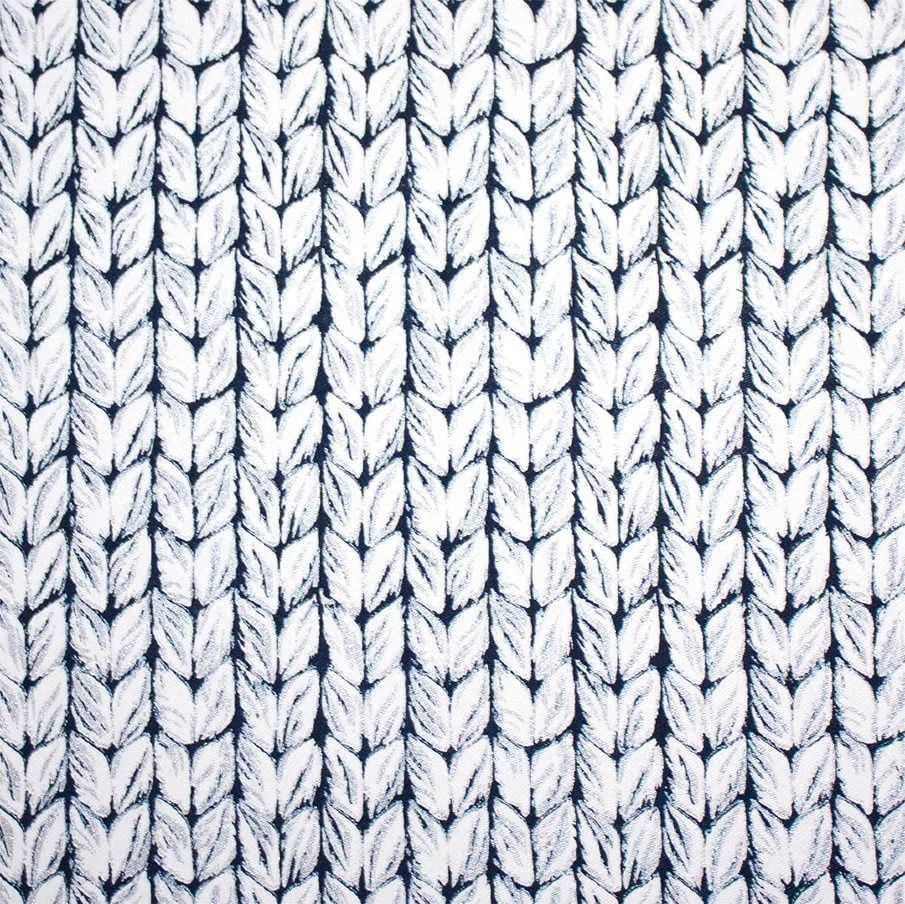
A tape measure is an essential tool for accurately measuring the dimensions of your knit net pattern. Whether you are measuring the length, width, or holes in the net, a tape measure will ensure precision and consistency throughout your project. It’s important to take accurate measurements to achieve the desired fit and dimensions of your knit net pattern.
Stitch Markers
Stitch markers are small, removable rings that can be placed on your knitting needles to mark specific points in your knit net pattern. They can be used to mark the beginning or end of a round, the placement of a specific stitch, or any other important points in your pattern. Stitch markers help you keep track of your progress and can be particularly helpful when working on intricate stitch patterns or when needing to repeat certain sections.
Tapestry Needle
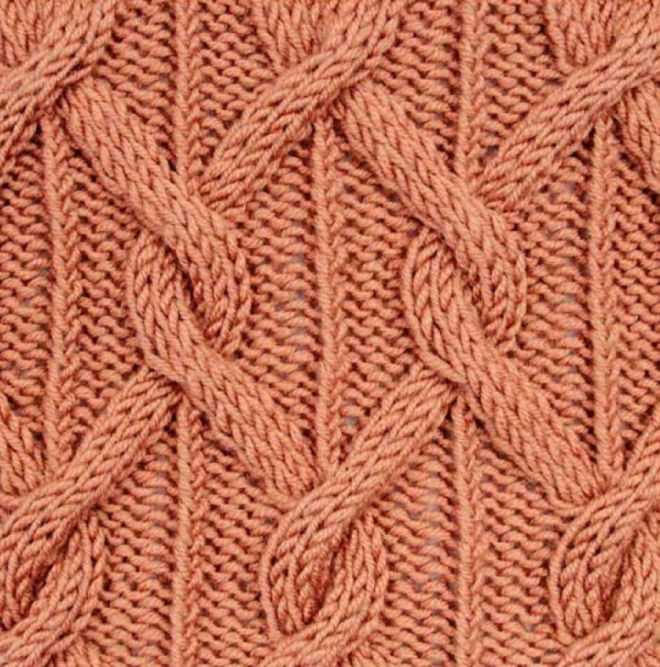
A tapestry needle, also known as a yarn needle, is a large blunt needle with a wide eye, designed for weaving in ends and sewing seams in knitting projects. It is an essential tool for finishing your knit net pattern and ensuring all loose ends are securely woven in. Additionally, a tapestry needle can be used to create decorative stitches or add embellishments to your knit net.
In conclusion, having the right tools and supplies is crucial for creating a knit net pattern. Knitting needles, yarn, a row counter, tape measure, stitch markers, and a tapestry needle are all essential items that will help you achieve the desired outcome for your project. With these tools at hand, you can confidently create beautiful and unique knit net patterns.
Steps to Creating a Knit Net Pattern
Creating a knit net pattern is a great way to add an intricate and delicate design to your knitting projects. Whether you want to create a netted lace scarf or incorporate a net pattern into a sweater, following these steps will help you achieve stunning results.
1. Choose the Right Yarn: The first step in creating a knit net pattern is selecting the right yarn. Opt for a lightweight and fine yarn, such as lace or fingering weight, to ensure that the net pattern has an airy and delicate appearance.
2. Select the Net Pattern: There are various net patterns to choose from, including diamond, hexagon, or square-shaped designs. Consider the overall look you want to achieve and select a pattern that complements your project. You can find net patterns in knitting pattern books, online resources, or create your own.
3. Cast On: Start by casting on the required number of stitches for your project. The number of stitches will depend on the width and length you desire for your net pattern. Use a long-tail cast-on method to ensure a sturdy and stretchy foundation for your net pattern.
4. Begin the Net Pattern: Once you have cast on, it’s time to start knitting the net pattern. Follow the instructions for your chosen pattern, which may involve various combinations of knitting, purling, and yarn overs. Pay attention to any increases or decreases required to form the netted design.
5. Repeat the Pattern: As you continue knitting, you will repeat the net pattern across each row. Carefully follow the pattern instructions and ensure that you are maintaining the correct stitch count and pattern sequence. Use stitch markers if necessary to keep track of repeats.
6. Block and Finish: Once you have completed your net pattern, it’s essential to block and finish your project. Blocking will help even out the stitches and enhance the overall appearance of the net pattern. Follow the blocking instructions for your chosen yarn to ensure the best results.
By following these steps, you can create a beautiful and intricate knit net pattern. Whether you’re a beginner or an experienced knitter, adding a net pattern to your project can elevate the design and create a stunning finished piece.
Tips and Tricks for Knitting a Net Pattern
Knitting a net pattern can be a fun and challenging project for both beginner and experienced knitters. The net pattern creates a beautiful and openwork design that can be used for various projects like scarves, shawls, or even garments. If you’re interested in knitting a net pattern, here are some tips and tricks to help you along the way.
1. Choose the right yarn
When knitting a net pattern, it’s important to choose a yarn that is lightweight and has good drape. Yarns with silk, linen, or bamboo blends work well for creating an open and airy net pattern. Avoid using heavier yarns as they can weigh down the stitches and make the net pattern less visible.
2. Use larger needles
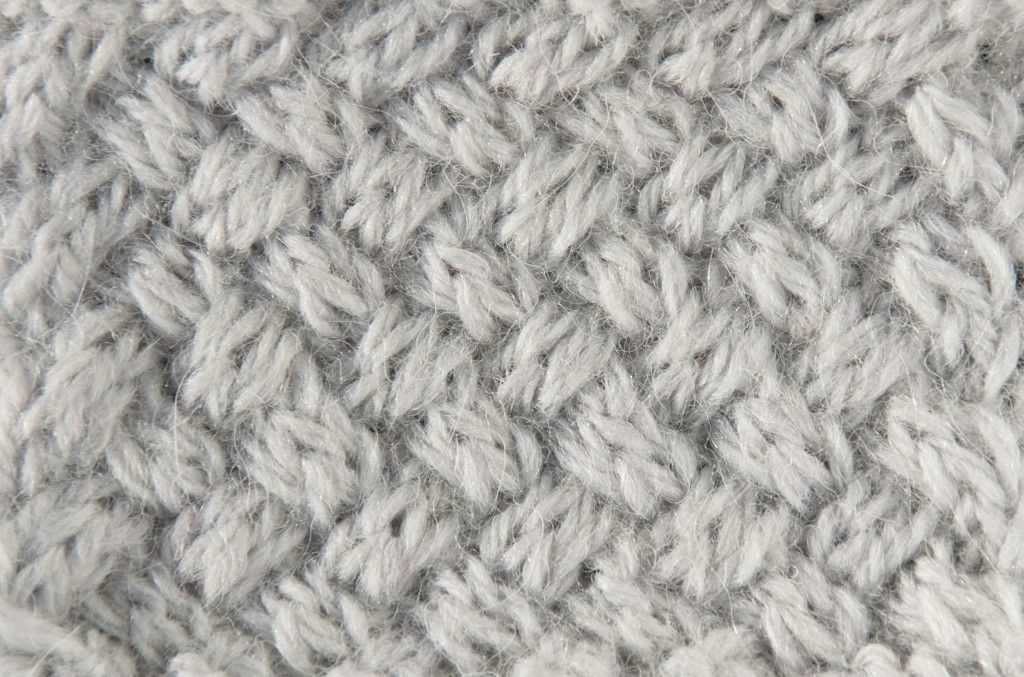
To enhance the openness of the net pattern, it’s recommended to use larger needles than what is typically recommended for the yarn weight. This will create larger and more open stitches, giving the net pattern a more delicate look.
3. Practice your tension
Getting the right tension is crucial when knitting a net pattern. Too tight tension will result in a stiff and closed fabric, while too loose tension may cause the net pattern to lose its shape. Take the time to practice your tension before starting the project to ensure a consistent and balanced result.
4. Count your stitches
Since the net pattern involves creating deliberate holes, it’s important to count your stitches regularly to maintain the desired pattern. One missed stitch can throw off the entire net pattern, so double-check your work frequently.
5. Block your finished project
Blocking is an essential step when knitting a net pattern. It helps to even out the stitches and open up the net pattern further. Wet blocking is often recommended for net patterns, where you soak the finished project in water, gently squeeze out the excess water, and then shape and pin it to the desired measurements. Allow it to dry completely before removing the pins.
By following these tips and tricks, you’ll be well on your way to knitting a beautiful net pattern. Remember to have patience and enjoy the process as you create a stunning piece of knitted fabric.
Alternative Patterns to Knit Net
If you’re tired of knitting the same net pattern over and over again, it might be time to try out some alternative patterns. These patterns offer a fresh and unique twist on the traditional net design, allowing you to create stunning and eye-catching projects.
1. Diamond Pattern: The diamond pattern is a beautiful alternative to the classic net design. It creates a more structured and geometric look, with each diamond shape interconnected to form a net-like pattern. This pattern is perfect for creating scarves, shawls, or even decorative wall hangings.
2. Cable Pattern: If you’re looking to add some texture and depth to your knitted net, the cable pattern is an excellent choice. This pattern involves crossing stitches over each other to create intricate cable-like designs. The result is a net with a three-dimensional appearance that will make your project stand out.
3. Lace Pattern: For a delicate and feminine touch, try knitting a lace pattern instead of the traditional net. Lace patterns feature intricate and often floral-inspired designs that look elegant and airy. This pattern is perfect for knitting beautiful shawls, cardigans, or even table runners.
4. Basketweave Pattern: The basketweave pattern offers a unique and textured alternative to the traditional net design. It involves knitting sections of alternating knit and purl stitches to create a woven-like appearance. This pattern is excellent for creating blankets, scarves, or even cozy sweaters.
5. Chevron Pattern: If you’re looking for a bold and modern twist on the net pattern, the chevron pattern is a great option. This pattern features a zigzag design that adds movement and visual interest to your project. Chevron-patterned nets are perfect for knitting trendy home decor items like pillows or blankets.
So why stick to the same old net pattern when there are so many alternatives to explore? Try out these different patterns to create unique and stunning knitted projects that are sure to impress.
Frequently Asked Questions about Knit Net Patterns
In the world of knitting, one pattern that has gained popularity in recent years is the knit net pattern. This unique pattern creates an open, lacy fabric that is perfect for projects like shawls, scarves, and even lightweight sweaters. If you’re new to knitting or looking to try your hand at a knit net pattern, you may have some questions. Here are some frequently asked questions about knit net patterns:
What is a knit net pattern?
A knit net pattern is a type of knitting pattern that creates an open, lacy fabric. It is achieved by using a combination of knitting stitches, such as yarn overs and decreases, to create small holes or “nets” in the fabric. This pattern is often used to create lightweight and breathable garments or accessories.
How do I read a knit net pattern?
Reading a knit net pattern may seem intimidating at first, but with a little practice, it becomes easier. The pattern will usually include instructions for the stitches and repeats needed to create the net pattern. It may also include a chart or diagram to help visualize the pattern. It’s important to carefully follow the instructions and pay attention to any special abbreviations or symbols used in the pattern.
What type of yarn is best for knit net patterns?
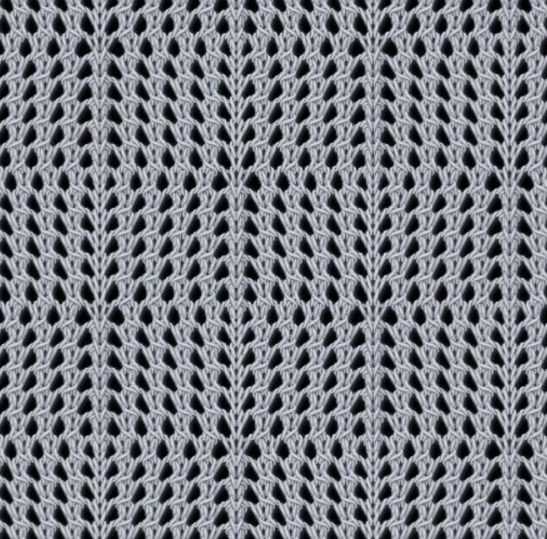
When choosing yarn for a knit net pattern, it’s important to opt for a lightweight yarn that will create a drapey fabric. Yarns with silk or bamboo content are great options, as they will provide the necessary sheen and drape. Additionally, a yarn with a bit of stretch, such as a blend with elastic, can help the net pattern retain its shape.
Are knit net patterns suitable for beginners?
While knit net patterns may seem intricate and complex, they are not necessarily off-limits for beginners. As with any new knitting technique, it may take a bit of practice to get the hang of the pattern and tension. Starting with a smaller project, like a scarf or cowl, can be a good way for beginners to familiarize themselves with the pattern before tackling larger garments.
Can knit net patterns be modified?
Yes, knit net patterns can be modified to suit your preferences. You can experiment with different yarn weights and needle sizes to create a more open or dense fabric. Additionally, you can adjust the number of repeats or customize the shape of the garment or accessory. It’s always a good idea to make a swatch and test different modifications before starting your project.
Are there any specific techniques or tips for knitting a net pattern?
When knitting a net pattern, it’s important to keep an even tension to ensure the holes are the same size throughout the fabric. Using stitch markers can help you keep track of stitch counts and repeats. Additionally, blocking the finished project is essential, as it helps to open up the net pattern and shape the garment. Blocking can be done by soaking the finished project in water and then pinning it to the desired shape.
With these frequently asked questions answered, you’re ready to dive into the world of knit net patterns. Start with a small project and enjoy creating beautiful, lacy fabric with this unique knitting technique.
Examples of Knit Net Patterns
Knit net patterns are a popular choice for many knitters due to their versatility and intricate designs. Whether you’re a beginner or an experienced knitter, there are numerous examples of knit net patterns that you can try out. These patterns create a lovely mesh-like texture that can be used for a variety of projects including scarves, shawls, or even decorative items.
1. Diamond Net Stitch: One example of a knit net pattern is the diamond net stitch. This pattern creates a beautiful diamond-shaped design that is perfect for adding texture to your knitting projects. It involves knitting yarn overs and decreases to create the open mesh pattern. The diamond net stitch is commonly used in scarves or lightweight garments.
2. Fishnet Stitch: Another popular knit net pattern is the fishnet stitch. This pattern resembles a scaled fishnet and is often used in accessories like socks or gloves. To create the fishnet stitch, you’ll need to alternate between knitting and purling stitches, creating a grid-like pattern. This stitch is great for adding a touch of elegance and style to your knitted items.
3. Honeycomb Stitch: The honeycomb stitch is a textured knit net pattern that resembles the shape of a honeycomb. It creates a beautiful, tight mesh pattern that is perfect for thick and warm projects like blankets or sweaters. The honeycomb stitch involves working a combination of knit and purl stitches in a specific pattern to achieve the desired honeycomb effect.
4. Lattice Stitch: The lattice stitch is a unique knit net pattern that resembles a crisscross lattice design. This pattern is often used in scarves or hats, as it creates an interesting texture that stands out. To knit the lattice stitch, you’ll need to work a series of yarn overs and decreases in a specific pattern, creating the lattice-like effect.
5. Openwork Lace Stitch: The openwork lace stitch is a delicate and intricate knit net pattern that is perfect for creating airy and lightweight projects. This stitch often features a combination of yarn overs, decreases, and slip stitches, creating a lace-like pattern that is visually appealing. The openwork lace stitch is commonly used in shawls or delicate garments.
These are just a few examples of the many knit net patterns available. Whether you’re looking for a simple, beginner-friendly pattern or a more complex design, there is a knit net pattern out there for you. Experiment with different stitches and patterns to create unique and personalized knitted items that showcase your skills and creativity.
Online Resources for Knit Net Patterns
If you are interested in knitting net patterns, there are plenty of online resources available to help you get started. Whether you are a beginner or an experienced knitter, these resources offer a wide range of patterns, tutorials, and inspiration to keep you busy with your knitting projects. Here are some popular online resources for knit net patterns:
1. Ravelry
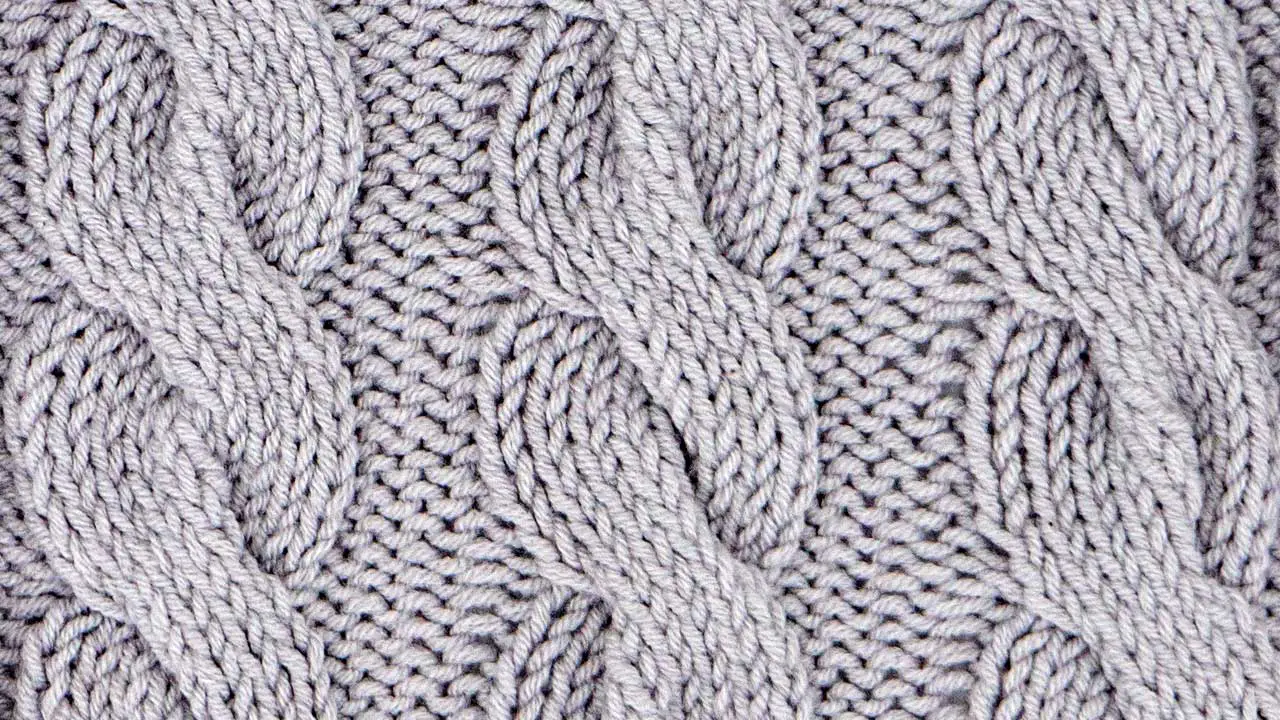
Ravelry is a well-known online community for knitters and crocheters. It offers a vast collection of knitting patterns, including numerous designs for knit net patterns. The website allows you to search for patterns based on different criteria such as skill level, project type, and yarn weight. You can also join groups, participate in forums, and interact with other knitters from around the world.
2. Pinterest
Pinterest is a visual discovery platform where you can find and save ideas for various crafts, including knitting. Many knitters and designers share their patterns and projects on Pinterest, making it a great resource for finding knit net patterns. You can save your favorite patterns to boards for easy reference and explore related ideas for inspiration.
3. Knitting Blogs
There are many knitting blogs available on the internet that offer free patterns and tutorials for various knitting techniques, including knit net patterns. Bloggers often share their own designs and provide step-by-step instructions on how to create them. Following knitting blogs is a great way to stay updated with the latest trends in knitting and discover unique patterns.
4. YouTube
YouTube is a treasure trove of knitting tutorials and demonstrations. Many knitters and knitting instructors create videos showcasing different techniques, including knit net patterns. You can find video tutorials that guide you through the process of creating intricate net patterns and learn at your own pace. YouTube is also a great platform to connect with other knitters and join knitting communities.
In conclusion, if you are interested in knitting net patterns, these online resources offer a wealth of patterns, tutorials, and inspiration to fuel your knitting projects. Whether you prefer browsing through pattern collections, saving ideas on Pinterest, reading knitting blogs, or watching instructional videos on YouTube, there is something for everyone. So grab your knitting needles and start exploring these resources to create beautiful and intricate knit net patterns.
Q&A:
What is a knit net pattern?
A knit net pattern is a knitting technique that creates a mesh-like fabric with open spaces in between. It is commonly used for creating lace or openwork designs in garments or accessories.
How is a knit net pattern created?
A knit net pattern is created by repeatedly knitting holes or eyelets in the fabric. This is achieved by making yarn overs or knitting together stitches in a specific pattern. The pattern can be simple or complex depending on the desired design.
What can be made using a knit net pattern?
A knit net pattern can be used to make various items such as scarves, shawls, socks, and even garments like sweaters or cardigans. It adds a delicate and airy texture to the fabric, making it perfect for lightweight and breathable designs.
Are there any variations of the knit net pattern?
Yes, there are many variations of the knit net pattern. Some common variations include fishnet patterns, diamond lace patterns, or intricate lace designs. These variations allow for different levels of complexity and customization in the final product.